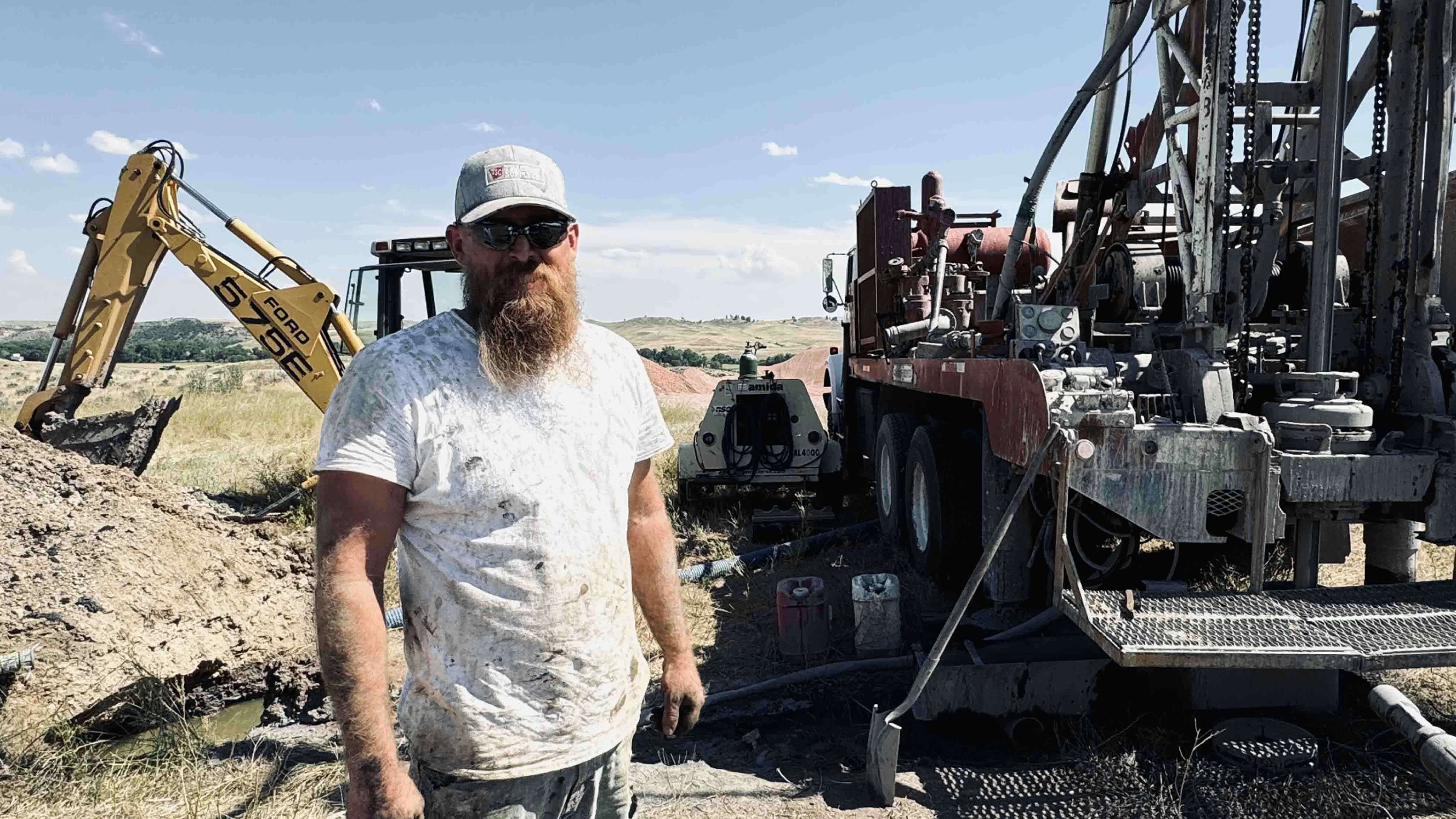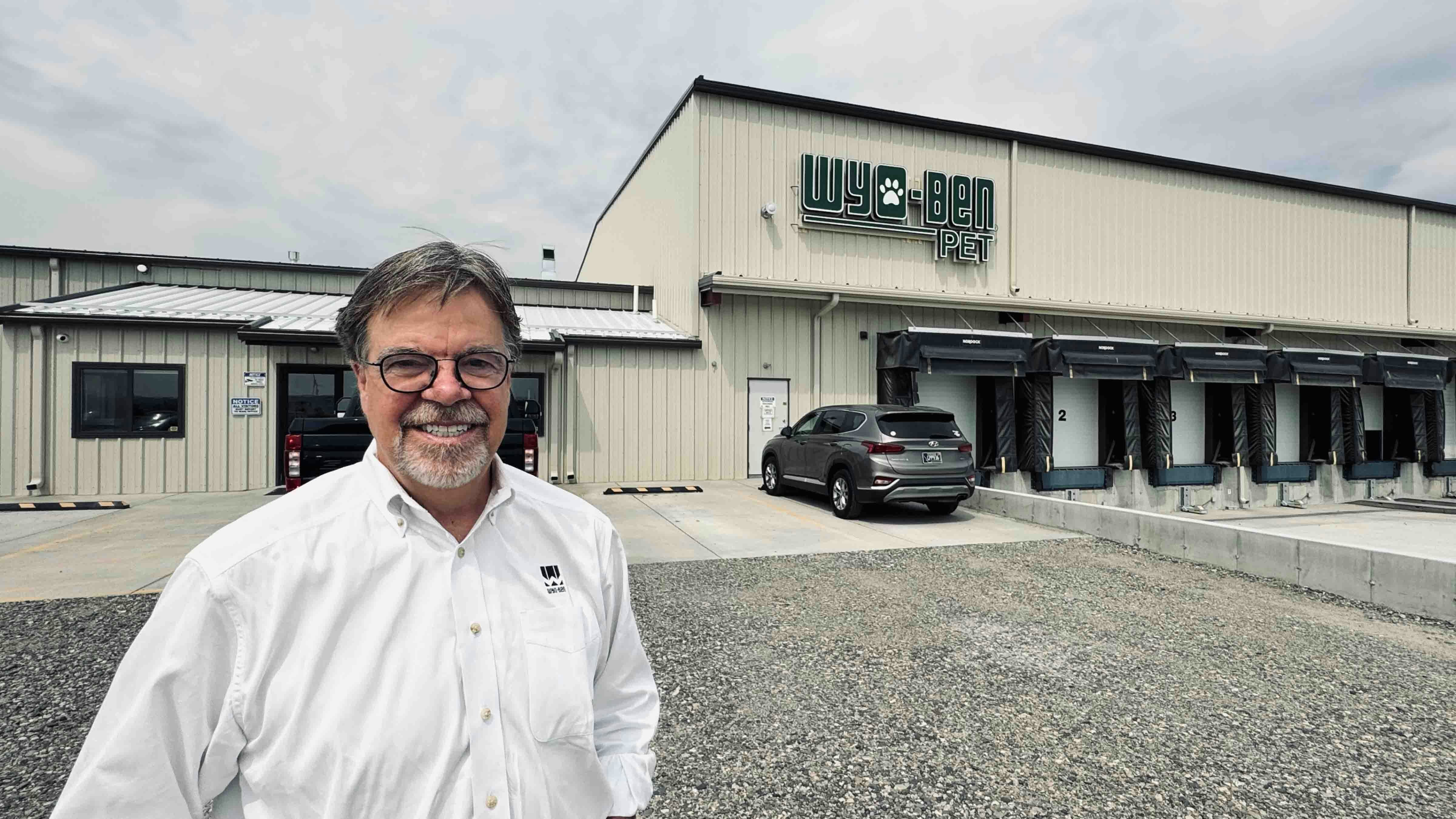CHEYENNE — The entire nation is experiencing unprecedented growth in demand for electricity, with Wyoming displaying some challenges of its own as is evidenced by construction of mammoth-sized data centers encircling its capital city.
These data centers are huge energy hogs for electricity, as was highlighted at a U.S. Senate committee in Washington, D.C., on Tuesday, with concerns raised about electricity supply challenges at even the Cheyenne centers.
“In five years from now, the amount of energy that the country is going to use is equal to adding a whole new California,” said U.S. Sen. John Barrasso, R-Wyoming, in an interview with Cowboy State Daily following the Tuesday hearing before the Senate Committee on Energy and Natural Resources.
“It’s because of the data centers with artificial intelligence, it’s because of the push for electric vehicles around the nation, and it’s related to crypto,” said Barrasso, the committee’s ranking member.
Data center power consumption is expected to reach 35 gigawatts by the end of the decade, up from 17 gigawatts in 2022, according to a January report from commercial property consultancy Newmark Group Inc. in New York City.
Power experts say 1.21 gigawatts is enough power to light up more than 10 million light bulbs, or 289.3 million bulbs with 35 gigawatts of power.
That’s a lot of juice.
Power Play
The growth in power consumption is why an unprecedented number of multibillion-dollar solar farms are getting built in south Cheyenne, such as the 771-megawatt project by Canadian energy giant Enbridge Inc. and a recently completed 150-megawatt project that Atlanta-based Southern Co. bought from QCells USA Corp. in September.
The wraps have been taken off at least seven data centers around Cheyenne — mostly run by Microsoft Corp. — with another major one planned in South Cheyenne for social media giant Meta Platforms Inc. Some centers are up and running, others are in various stages of completion in the Cheyenne area.
Meta, which is run by billionaire Mark Zuckerberg’s conglomerate that owns Facebook and Instagram, just began construction recently. The company is building what could become the largest high-tech project in Wyoming in south Cheyenne.
Some have even suggested that small modular nuclear reactors like the Natrium demonstration power plant being built in Kemmerer, Wyoming, may become ideal suppliers of power in the business parks where these data centers are built.
“How we meet this growing demand for electricity will have serious economic and security consequences for our nation. The stakes couldn’t be higher,” Barrasso said.
Summer Power Problems
Barrasso said at the hearing that the United States could be entering a period of sustained demand growth unlike anything seen since the two decades following World War II.
However, concerns are growing nationwide over an electricity shortage from at least one major group that watches over reliability issues in the U.S.
These concerns have been expressed by an umbrella group representing six regions in the U.S. that ensures the reliable movement of electricity across the country. The group is called the North American Electric Reliability Corp. (NERC).
Wyoming is part of a sprawling geographic area within NERC covered by a Western regional grid system called the Western Electricity Coordinating Council. This regional system covers nearly 1.8 million square miles and includes parts of Montana, Nebraska, New Mexico, South Dakota, Texas and Wyoming.
A NERC report issued a week ago — called the 2024 Summer Reliability Assessment — paints a rather bleak outlook for power supplies just as the Biden administration pursues a clean air agenda with a mix of solar power and wind turbines at the expense of reliable power from coal-fired and natural gas plants.
Barrasso said at the hearing that the U.S. is losing some of its edge to China in the race to keep pace with electricity demand because of the Biden administration’s “premature retirement of coal and natural gas-fired power plants,” which will increase the risks of blackouts and brownouts in much of the country.
He pointed to last week’s move by the U.S. Bureau of Land Management to turn the screws on Wyoming’s coal industry.
The BLM issued a rule that would end coal production in Wyoming’s energy-rich Powder River Basin by 2041. The coal heartland supplies 40% of America’s thermal coal and is tied to 4,000 jobs in northeastern Wyoming where the state recently said production has dropped more than 20% over last year.
And more bad news came the previous month.
That’s when the U.S. Environmental Protection Agency issued environmental rules designed to regulate coal and natural gas-fired power plants out of existence over the next decade, further undermining Wyoming’s economy.
Strained Grid
“Our grid already is strained,” Barrasso said. “Yet the retirements continue,” he said.
“These plants play a major role in ensuring electric reliability. They also help make electricity more affordable,” he said. “We need a reliable, steady, and balanced supply of electricity. Nuclear, coal, natural gas and hydropower can provide that.”
Regulation is not the solution to providing reliable power, he said.
“We cannot regulate our way to more electric generation,” he said. “When it comes to data centers, the quality of the generation source is as important as the quantity of electricity generated. I acknowledge wind and solar can help – yet they are weather dependent.”
In prepared remarks at the hearing, Barrasso said that China is outpacing the U.S. on coal-fired generation.
China has added 262 gigawatts of coal-fired power plant generation since the Paris climate agreement, a 2015 treaty covering climate change mitigation, according to Barrasso.
“Meanwhile, the United States has shut down over 100 gigawatts of coal-fired electric generation,” he said.
What does this mean?
“It means that when China’s AI developers need electric power, the Chinese Communist Party is going to make absolutely sure that they will get it,” he said.
Pat Maio can be reached at pat@cowboystatedaily.com.





